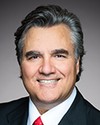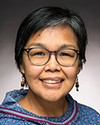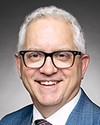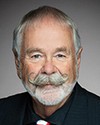As we speak, I'm getting some Facebook images from back home, because I'm in Vancouver at a meeting for the UBCIC conference. I'm getting pictures of the water rising again in the Nicola, where it never used to go. I might just have to take off here pretty quickly and find out what's going on back home.
A few of our reserve bands within the Scw'exmx nation have been actually having the same problems and challenges that we face here in the Nicola. They're actually postage stamp sizes of reserve lands. They're basically on the sides of hills, with not much land on the river bottoms. Right now when the river rises, because of the devastation that's happened, the gravel has risen and so has the river, so the chance of it washing away more houses is higher.
We're looking at trying to get safer land and some more housing. Some of our housing dates back to the fifties. When we brought our people back in February, some of them were unsure. They were actually scared to go back home.
One thing we did was do all the housing inspections to ensure that those houses were safe to go back to. We checked for mould, electrical, water and replaced some of the appliances. Some of these things were challenging because of COVID. Trying to get a lot of the appliances in right away was just a nightmare. Then, of course, communications were down, the Internet was down, so there was fear over telephones for emergencies. The flood was on for my cellphone and my office. My poor staff were just overwhelmed because of the fear of somebody getting hurt or having a heart attack or accident.
All of these challenges just reared their ugly faces. How do you deal with that?






